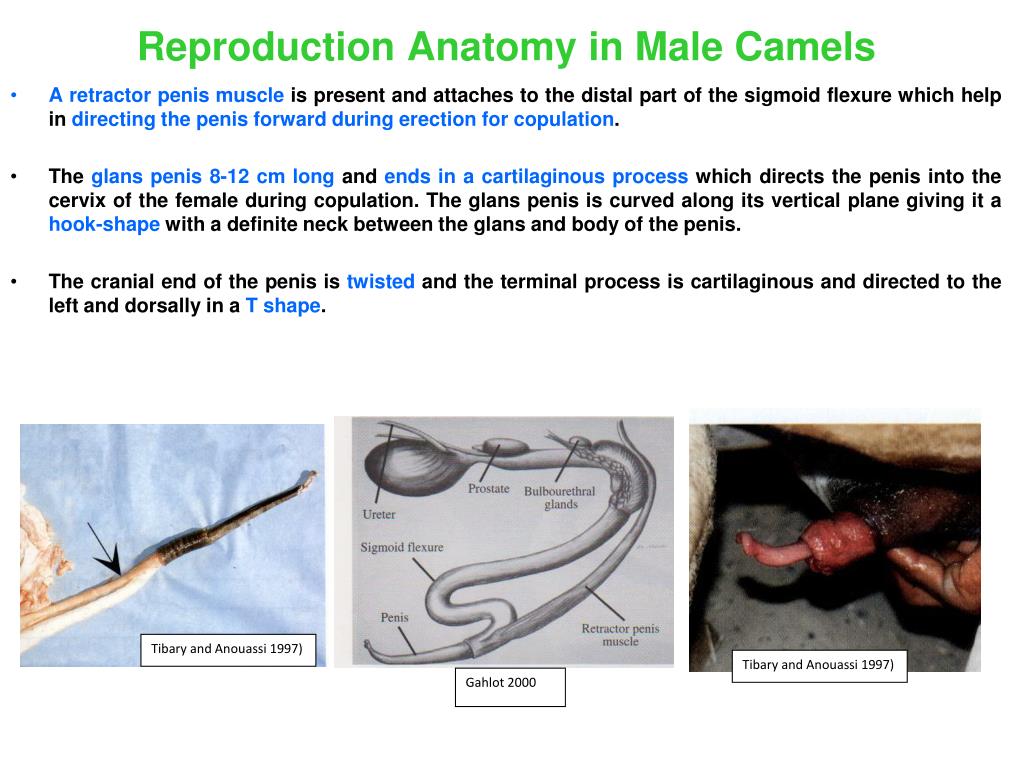


Legumes like alfalfa and clover are very high in calcium, and they often lead to calcium oxalate stones.Īnimals most at risk for bladder stones are cattle on feed, small ruminants eating grain and show cattle. The most significant risk factor for bladder stones comes from the diet-especially grains high in certain minerals, such as struvite (magnesium ammonium phosphate). When successful, this allows the animal to make it to slaughter. If it's caught early, your veterinarian can do a salvage procedure where the urethra is opened up above the blockage. If the bladder ruptures, the abdomen swells like it did in the case you describe. If the urethra ruptures, there will be swelling around the rupture. extruded from the sheath by the straightening of the S-shaped sigmoid flexure. During mating, the penis is extruded from the sheath by the straightening of the S-shaped sigmoid flexure sperm are transported up the vas deferens to the urethra and exit via the penis. Without correction, the urethra or bladder eventually ruptures. Fibroelastic- this type of penis is less muscular and contains less vasuclature than the musculovascular penis This type of penis contains a sigmoid flexure. Although bulls that have reached puberty can breed, reproductive capacity. Although bulls that have reached puberty can breed, reproductive capacity increases as the bull continues to mature. When an animal is blocked and cannot urinate, he or she may strain, walk with a humped-up appearance and gradually become more depressed as toxins build up in the system. This bend makes passing stones even more difficult, and that sigmoid flexure is the most common place where we see cattle block. In cattle, sheep and goats, the urethra has an "S"-shaped bend called the "sigmoid flexure" that straightens out when the animal has an erection. This is more common in males because the urethra is smaller. If these stones are large enough, they can block the urethra, and the animal cannot urinate. While kidney stones are more common in people, bladder stones are more common in livestock, dogs and cats. Urinary tract stones are made up of minerals that precipitate out of the urine. I cannot say for sure, but I would bet this calf developed bladder stones.
Bulls have sigmoid flexture full#
After he died, I cut him open, and his belly was full of fluid that smelled like urine. We had one that went off feed, and his belly swelled up after a few days. tunica vaginalis parietalis have been published in the bull. We feed a few steers out for ourselves and to sell. the left testicle at the level of its sigmoid flexure, showing. (Progressive Farmer photo by Boyd Kidwell) The sigmoid flexure of the bull, goat and ram is post-scrotal. If bladder stones are caught early, a veterinarian may be able to do a salvage procedure and keep the animal from being a total loss. has been found to be correlated to testes weight (Boyd and Van demark, 1957) and with.


 0 kommentar(er)
0 kommentar(er)
